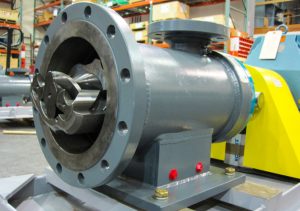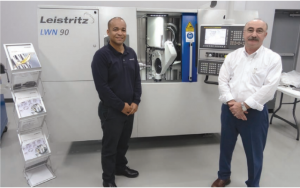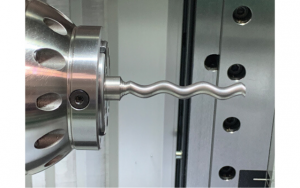Emissions from production of natural gas from gas wells or from associated gas from oil production has increasingly come in focus lately. After suffering from low gas prices as result of restrictions in take away capacity and being more or less considered a useless waste product, the attention has now turned to its real value as the cleanest form in the fossil fuel chain.
The drivers are many, such as closings of aging coal fired power plants, intermittency of wind and solar power and maybe most visible, the dramatic increase of US LNG exports.
So it makes very much good sense to take good care of our natural gas resources. It starts at the production site where wasteful flaring and venting (intended and unintended) add to CO2 and methane release. Multiphase pumping is able to support the producing wells by reducing wellhead pressure and gather the produced gas and liquids into a single multiphase flow stream and eliminating flaring and venting.
The untreated production is flowing downstream to a centralized processing facility or gas plant through a single multiphase pipeline for separation, processing, treatment and sales.
By dramatically reducing facilities and equipment on the well site not only saves capital and operating costs but reduces the number of potential methane escape points.
Twin-screw multiphase pumps are designed to work with high gas fractions also at low suction pressure from slug flow to mist flow and anything in between.



